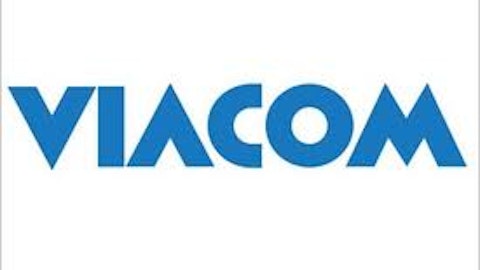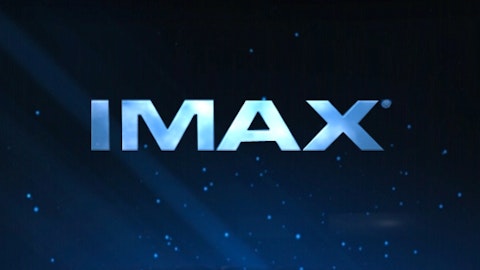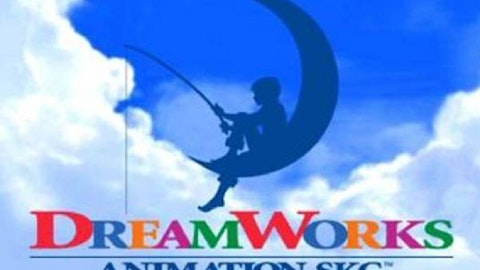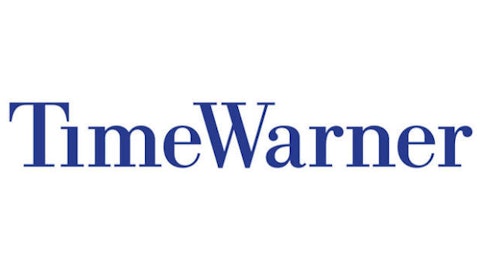Over the past few weeks, keen-eyed arbitrageurs have discovered an unusual discrepancy between “common” Class A and “preferred” Class B shares of Madrid-based media conglomerate Promotora de Informaciones or PRISA. There are three ways to play this small but easily-traded discrepancy. Arbitrageurs with short time horizons can take advantage of the naturally-fluctuating size of the discrepancy by cashing out their positions when the spread converges. They may also engage in a short-term conversion that could unlock dividend-related profits. Alternatively, those who can afford to wait may take advantage of a mandatory Class B to Class A conversion in May of 2014. Regardless, this trade offers potential profits of between 10 and 85 percent.
About Promotora de Informaciones S.A. (NYSE:PRIS)
Promotora de Informaciones is a Spanish media conglomerate that owns dozens of individual properties in Europe, Latin America and the United States. Although the company’s signature asset is Spain’s “El Pais” daily newspaper, its portfolio of broadcast radio stations in Portugal, Spain, Mexico, South America and the United States comprises its largest single asset collection. Other notable properties include Spain’s version of “Rolling Stone” magazine and the Digital Plus satellite-television network. Promotora de Informaciones also operates a small Spanish-language textbook division that primarily does business in Spain.

The company’s balance sheet has been affected by consumers’ shift to digital media as well as the ongoing European economic crisis. It has not been profitable for many quarters and has offered little guidance on when the situation might improve. As such, Promotora’s borrowing costs have steadily risen. However, most market-watchers expect the company to survive for the foreseeable future. Prominent investors have backed up this assessment: For instance, Carlos Slim recently took a 3 percent stake in Promotora and could easily step in to buy a greater share of the company. In 2012, Promotora de Informaciones employed about 13,000 people and lost $733 million on $3.5 billion in total revenues.
Two Share Classes
North American trading of PRISA shares is done through its Class A and B ADRs -B). Each ADR is equivalent to four European shares and largely mirrors the performance of its respective European share class. Although Class B shares were originally intended to pay out cash dividends of .175 euro, PRISA’s lack of profitability has made such a payout impossible. Instead, the company is returning “capital” to Class B shareholders in the form of Class A shares. The situation is the same for the ADRs.
Since they pay out an annual dividend, PRISA’s Class B shares would normally trade at a premium to its Class A shares. However, uncertainty about the company’s long-term viability has created a persistent price discrepancy between the two classes. In recent weeks, Class B ADRs have actually traded at a discount between $.03 and $.12 to Class A ADRs. This spread is significant enough to provide a significant arbitrage opportunity for seasoned investors.
How to Trade the Price Discrepancy
The least complicated way to trade this price discrepancy involves shorting Class A shares and buying Class B shares at the widest point in the discrepancy’s historical range. In practice, this requires traders to open a position at a spread of $.10 per share and close it at a spread of about $.03 per share. Although this trade seems like a “sure thing” on paper, its efficacy could be hampered by the relative paucity of Class A shares available for shorting. There are usually 25,000 to 500,000 “shortable” shares at any given brokerage.
Arbitrageurs may find it even more profitable to convert Class A ADRs into Class B shares. Once the Class B shares have come through, a conversion back to regular Class A shares would produce an instantaneous arbitrage opportunity that provides an added bonus: the accrued Class B dividends.
Since these dividends now come in the form of Class A shares, they are actually more valuable than the corresponding cash payments would be. At the Class B ADR’s current price, each Class A “dividend” is worth more than the old cash dividends. Since each Class B ADR is equivalent to four Class B shares, it accrues dividends at four times the rate of a regular share. This can quickly produce returns on the order of 15 to 25 percent.
Longer-term investors may simply wish to hold PRISA’s Class B ADRs until their May 2014 expiration date. Upon expiration, it appears likely that each Class B ADR will be convertible to 1.33 Class A ADRs plus the value of any accrued dividends. To maximize its return, this trade also requires long-term investors to hold a corresponding short position in Class A ADRs until the Class B expiration date. If this is done correctly, it could produce a return north of 80 percent. Any investor considering the trade should look at all the details.
Risks
It is important to note that this trend could “break” at any time. Investors who stick to the first trade could find themselves scrambling for the exits during a sudden Class A buy-in at a once-firm resistance point. Alternatively, the spread could widen further than it has in the past and expose investors to margin calls. As with any trade that involves a significant short position, interested investors should ensure that their trading accounts contain enough cash to absorb a surprise margin call.
The article This Share Class Arbitrage Is Still Alive originally appeared on Fool.com and is written by Mike Thiessen.
Copyright © 1995 – 2013 The Motley Fool, LLC. All rights reserved. The Motley Fool has a disclosure policy.




